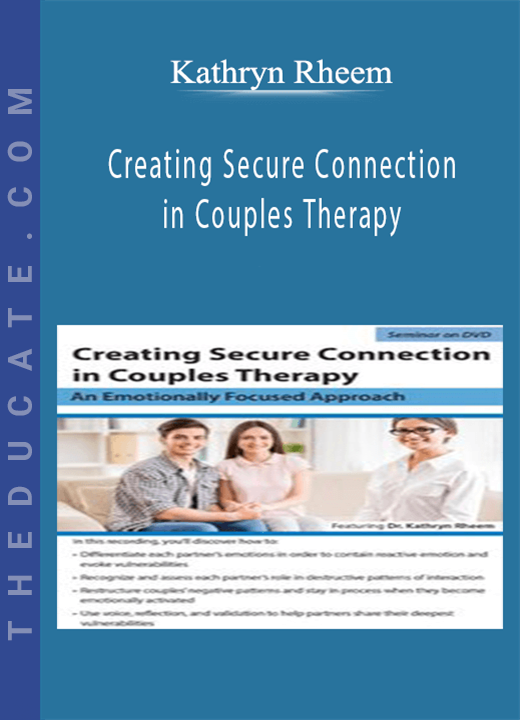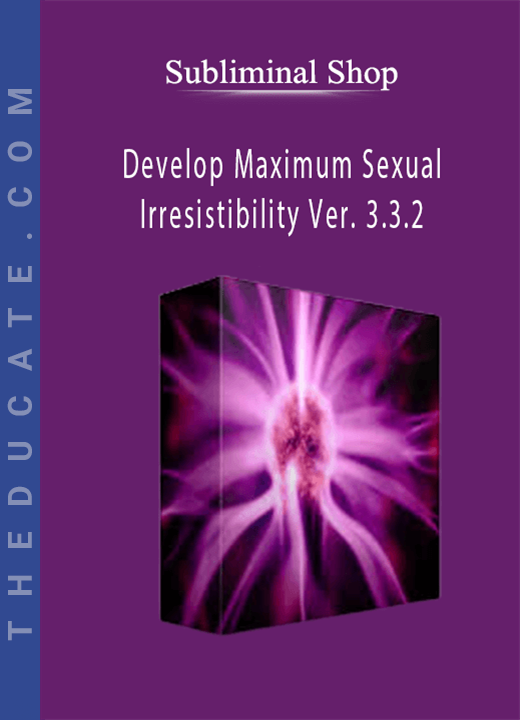Description
Creating Secure Connection in Couples Therapy: An Emotionally Focused Approach – Kathryn Rheem
Volatile, emotionally escalated clients can be among the most challenging cases couples therapists regularly work with. Such clients can often be set off by seemingly negligible events, making sessions difficult for both partners and their therapist. Typically, core issues of attachment distress are at the heart of these outbursts. Emotionally Focused Therapy (EFT) offers a clear road map for working with such hard-to-treat couples by helping them access and share primary emotions. In this workshop, you’ll discover how to:
- Differentiate each partner’s emotions in order to contain reactive emotion and evoke vulnerabilities
- Recognize and assess each partner’s role in destructive patterns of interaction
- Restructure couples’ negative patterns and stay in process when they become emotionally activated
Use voice, reflection, and validation to help partners share their deepest vulnerabilities.
- Discover how to differentiate each partner’s emotions in order to contain reactive emotion and evoke vulnerabilities
- Discover how to recognize and assess each partner’s role in destructive patterns of interaction
- Discover how to restructure couples’ negative patterns and stay in process when they become emotionally activated
- Discover how to use voice, reflection, and validation to help partners share their deepest vulnerabilities
- Overview of EFT
- EFT has 3 Stages and 9 Steps
- Goal: To help Couples Become Aware of Negative Interactional Patterns
- Three Elements Include: Attachment, Systemic View, Focus on Emotions
- 5 Basic Moves of EFT
- Reflect and Distill Present Process
- Unfold Deeper or New Emotions
- Turn New Experience into new Steps/signals to partner
- Explore How Each Experiences the New Steps
- Integrate and Validate
- Core Assumptions of EFT
- EFT Review of Pertinent Research
- Demonstrates 90% Increase in Satisfaction
- EFT Studied with fMRI
- EFT Focuses on Attachment and Bonding
- Interactional Patterns Reflect Attachment Styles
- Differentiating Primary and Secondary Emotions
- Insecurity Leads to Predictable Reactions
- Three Forms of Attachment Insecurity
- Anxious
- Avoidant
- Chaotic
- Treatment
- Involves Limbic Resonance, Regulation, and Revision
- Reciprocal Cycles Between Partners
- EFT Interventions Toward Developing Secure Attachments
- Intrapsychic
- Interpersonal
- Interactional Patterns
- 7 Steps of Intervention
- Stages of EFT
- De-escalation
- Re-structure the Bond
- Consolidation







11 reviews for Creating Secure Connection in Couples Therapy: An Emotionally Focused Approach – Kathryn Rheem
There are no reviews yet.